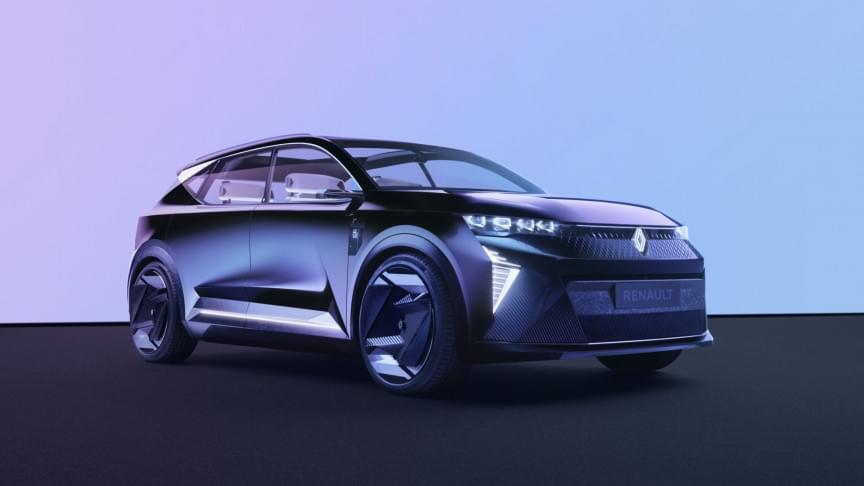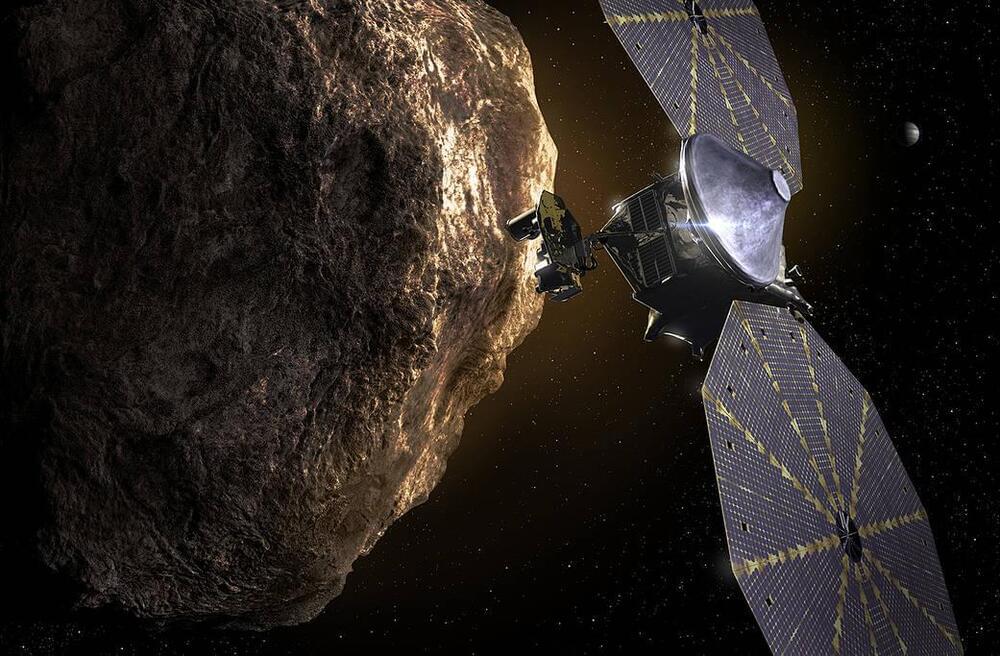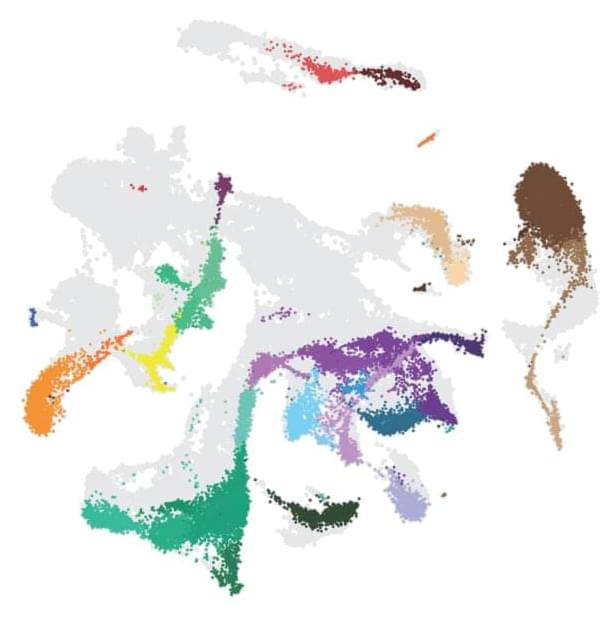NASA is being forced to end its Mars lander mission early because of dust.
NASA’s InSight Mars lander is shutting down after four years and scientists have seen our galaxy’s black hole for the first time. Here’s May 11–18 in science images.
NASA is being forced to end its Mars lander mission early because of dust.
NASA’s InSight Mars lander is shutting down after four years and scientists have seen our galaxy’s black hole for the first time. Here’s May 11–18 in science images.
An interesting development, you could say revision, or even a back-tracking on the vision for just what it is that Meta plans to build, eventually.
I think it’s important to keep in mind, despite the excitement, that these technologies are still experimental in many ways, they take time to develop, and they will change. Keeping this in mind can help to temper our expectations, but also to spot the hype.
Nick Clegg, Meta’s president of global affairs, published an 8,000 word essay about metaverse ideals.




French car manufacturer Renault Group unveiled their novel Scénic Vision concept car that is powered by a battery that runs on hydrogen at the ChangeNOW summit.
The French carmaker will relaunch its popular Sc é nic model as an electric vehicle in 2024 and aims to add a hydrogen power source to it by 2030.
This new model is part of Renault’s sustainability strategy, and with the launch of the Renaulution strategic plan, Renault Group and its brands have embarked on a major transformation, moving from a race for volume to the creation of economic, environmental, and social value, with the aim of becoming carbon neutral in Europe by 2040 and worldwide by 2050.

This week’s lunar eclipse wasn’t only observed from the ground and from the International Space Station — it was also observed from 64 million miles (100 million kilometers) away from Earth by the Lucy spacecraft. Lucy, which is an uncrewed craft from NASA and the Southwest Research Institute on its way to study the Trojan asteroids in the orbit of Jupiter, got a view of the lunar eclipse on May 15 and was able to snap images over a period of three hours which have been turned into a time-lapse video:
The images were taken using Lucy’s L’LORRI instrument which captures high-resolution black and white images. It took 86 images in total which were combined together to create the time-lapse.
Even though Lucy is far away from Earth, the instrument was sensitive enough to be able to view the moon as it passed into the Earth’s shadow and was hidden in darkness for a short time.

Researchers at the University of Minnesota have made a major breakthrough that allows people to control a robotic arm using only their minds. The research has the potential to help millions of people who are paralyzed or have neurodegenerative diseases.
The study is published online today in Scientific Reports, a Nature research journal.
To read the full research paper, entitled “Noninvasive Electroencephalogram Based Control of a Robotic Arm for Reach and Grasp Tasks,” visit the Nature Scientific Reports website.
Groundbreaking study demonstrates potential to help millions of people with disabilities.

Astronomy was born when early scientists peered into the sky with their naked eyes and recorded what they could see above them. Then, the invention of the telescope brought forth new insights. And today, astronomers conduct their studies from big observatories and launch sophisticated telescopes into space for a much more in-depth look.
Now, a similar evolution is occurring in biology as scientists develop new techniques for taking a closer look at cells—the basic living units of organs. The origins of cell biology date back to 1,665 when Robert Hooke was the first to look at a cell under a simple compound microscope. But while the development of more powerful microscopes such as the scanning electron microscope has allowed scientists to take a peek at molecules smaller than a billionth of a meter, until recently they have never had the ability to look at the molecular profile of a single cell.
Yale researchers across disciplines are using single cell technologies to profile various kinds of cells that exist together in both healthy and diseased organs and create the most detailed blueprints of diseases to date, as well as to better understand how various cells develop over time and interact with one another. Through creating these “cell atlases” of organs throughout the body, they hope to shed light on the mechanisms of a wide variety of diseases and biological development.